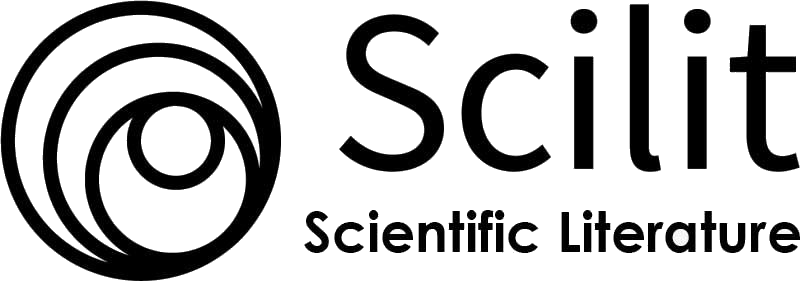Public Engagement in Environmental Conservation in the Kayunga Area of Uganda and how it is influenced by Public Access to Information
DOI:
https://doi.org/10.58425/jegs.v1i1.62Keywords:
Domestic waste, eco system, effluent, environment.Abstract
Purpose: The purpose of this study was to investigate environmental conservation in Kayunga District with an aim of establishing the contribution of the Rio Summit of 1992 and the implementation of subsequent international environmental conventions to Kayunga District’s environmental conservation.
Methodology: The study used descriptive survey design. It employed both primary and secondary methods of data collection. Oral interviews and county reports provide important sources of primary data. Data from secondary sources were gathered mainly from written works and internet materials.
Findings: The findings of this study revealed the Rio Summit of 1992 and the subsequent international environmental conventions have shaped environmental conservation mechanisms in Kayunga District.
Conclusion: The study concluded that environmental awareness programs cut across all sectors of society in Kayunga District.
Recommendation: The study recommended that the departments involved in environmental conservation should therefore team up and develop a more structured environmental education programme and jointly coordinate the programme through a committee to make valuable use of the calendar environmental celebration days.
References
Achieng Ogola (2007): Environmental Impact Assessment General Procedures,
African network of constitutional lawyers (2011): Towards Promoting Access to Information in Uganda, department of public law, faculty of law, university of Cape Town, South Africa.
Akabayashi, A., (2003). Report of the Project Strategies for Social Consensus Building on the Policies Concerning Advanced Medical Technologies. Tokyo: Fuji Research Institute Corporation.
Amechi, E. P. (2009). Poverty, socio-political factors and degradation of the environment in Sub-Saharan Africa: The need for a holistic approach to the protection of the environment and realization of the right to environment. LEAD Journal (Law, Environment & Development Journal), 5(2), 107-129.
Burer, S. (2014): Influence of environmental education on conserving environment in Kenya, case study of Moiben Constituency, Uasin Gishu County, University of Nairobi. M.A thesis.
Chinwe C, 2010: African Research Review: An International Multi-Disciplinary Journal, EthiopiaVol. 4 (2) April, 2010 INECE. Environmental Law Institute (ELI), Washington, D.C. USA. ISSN 2277-861. Jarkata
Jardine (2009): Collaborating with tertiary education institutions to provide basic training to environmental management inspectors, INECE, Washington DC
Jin W. and Yan, H. (2011). Barriers and solutions to better environmental enforcement in China, Beijing.
Kaaria, et al (2009): Enforcement challenges across borders: detecting and prosecuting illegal wildlife trafficking, INECE
Muia, A (1999): Ed Think Tanks and Civil Societies. Transaction Publishers,
Muigua and Paul N. Musyimi (2014): Enhancing Environmental Democracy in Uganda
Muriithi, M.W (2014): An assessment of human-induced impacts on urban wetlands. A case study of Nairobi Dam, University of Nairobi, MA thesis
National Assessment Report for the World Summit on Sustainable Development (Rio+10) Johannesburg, South Africa Republic of Uganda August/September 2002National Climate Change Response Strategy and Action Plan (2012).
Ndung'u N et al (2009): Unlocking the future potential for Uganda. The vision 2030, University of Oxford.
Ngesa N and Mutio H. ED. (2013) Climate change News, Issue No. 3 October 2013, Peace Pen Communications editors, Nairobi
Obinna O, 2011: Environmental Laws and Factors Affecting Them in Nigeria: Case Study of Gas Flaring Laws in Niger Delta Nigeria, Wageningen University, Nigeria
OECD (2000): Towards global tax co-operation. A report to the 2000 ministerial Council meeting.
OECD (2006): Environmental compliance and enforcement in china. An assessment of current practices and way forward, Hanoi, Vietnam.
Omollo, E (2013): Popular Version Of the National Environment Policy (2012), the International Development Institute, Africa (IDIA)
Shobeiri, S. (2005).A Comparative Study of Environmental Awareness and Attitude of Teachers and Students of Secondary Schools in India and Iran, PhD Thesis, department of education, University of Mysore, India
Susan et al (1996). The evolving role of citizens in environmental enforcement.
Talero, G (2004): Literature Review on Environmental Education and Public awareness, Victoria, Canada
United Nations, Agenda 21, Programme of Action for Sustainable Development, adopted at the United Nations Conference on Environment and Development, Rio de Janeiro, Brazil, 1992 Washington D.C
Yuniato, B. (2012). Building Citizen Awareness of Environmental Conservation. International journal of scientific & technology research volume 1, issue 7.
ZOLCEROVA, V. (2016) From Stockholm or Rio to New York and Slovakia. Sustainable development agenda - Agenda 2030. Comenius Management Review, 10 (1), p. 23-32.
Downloads
Published
How to Cite
Issue
Section
License
The authors retain the copyright and grant this journal right of first publication. This license allows other people to freely share and adapt the work but must give appropriate credit, provide a link to the license, and indicate if changes were made. They may do so in any reasonable manner, but not in any way that suggests the licensor endorses them or their use.










